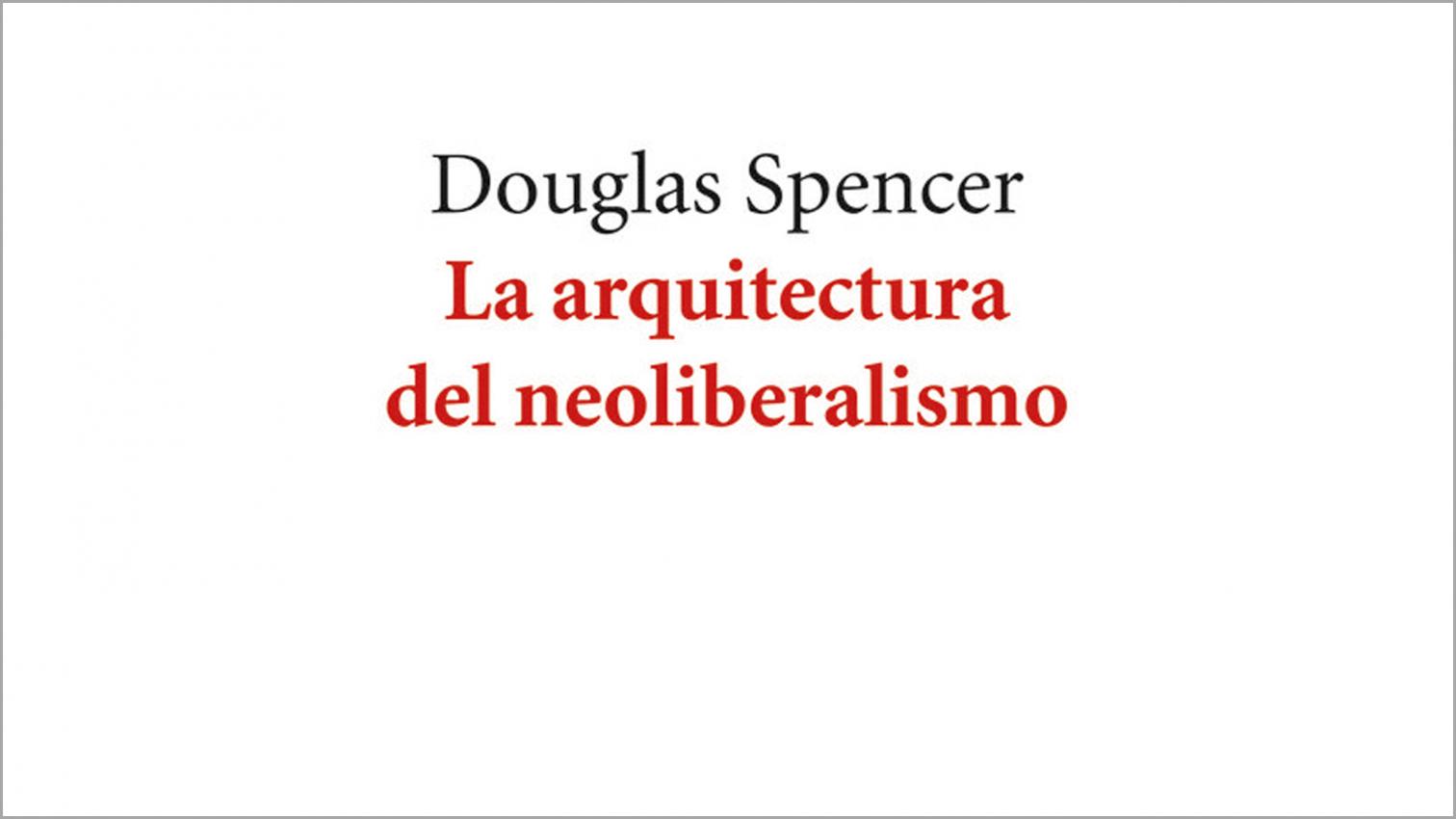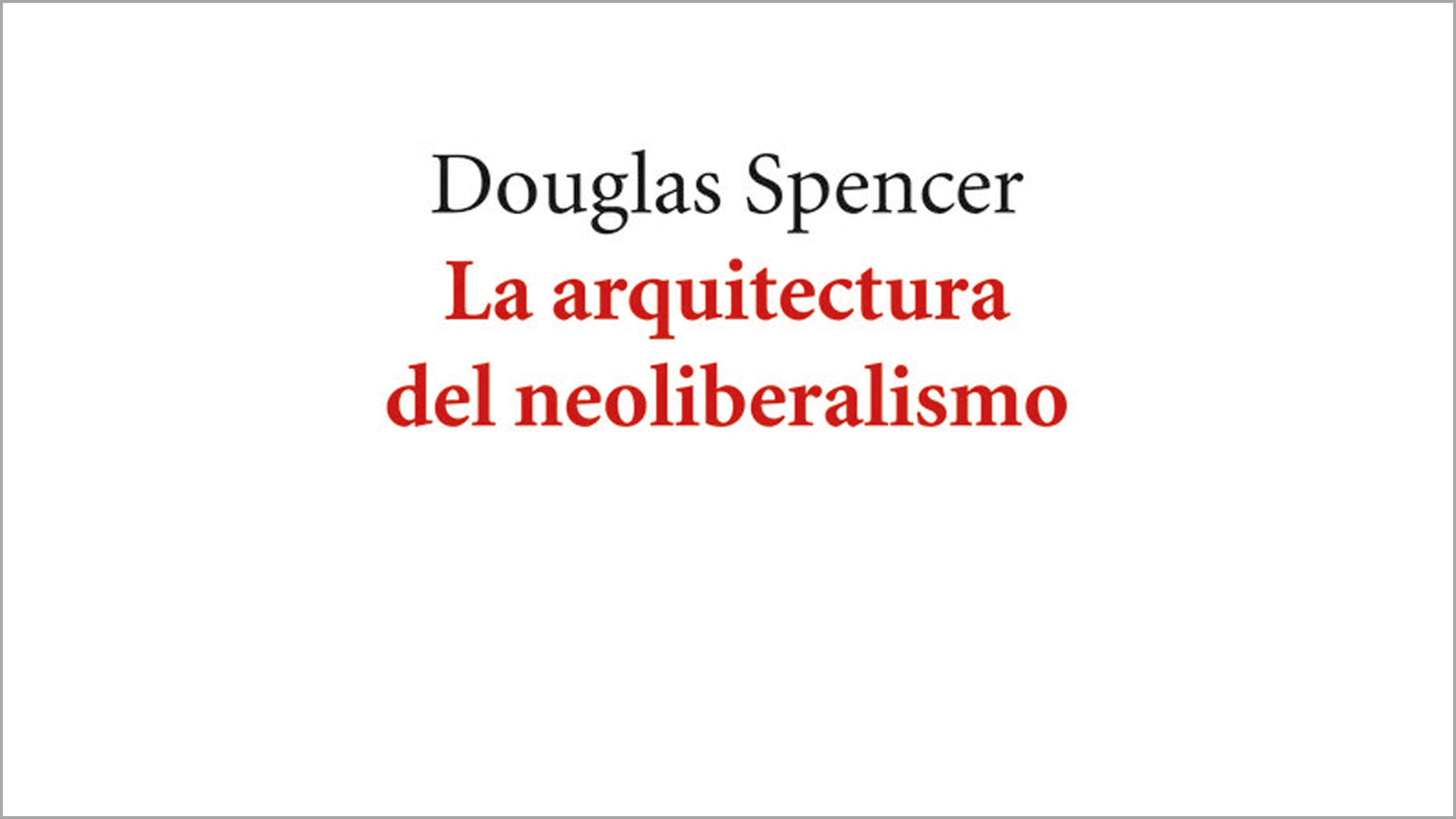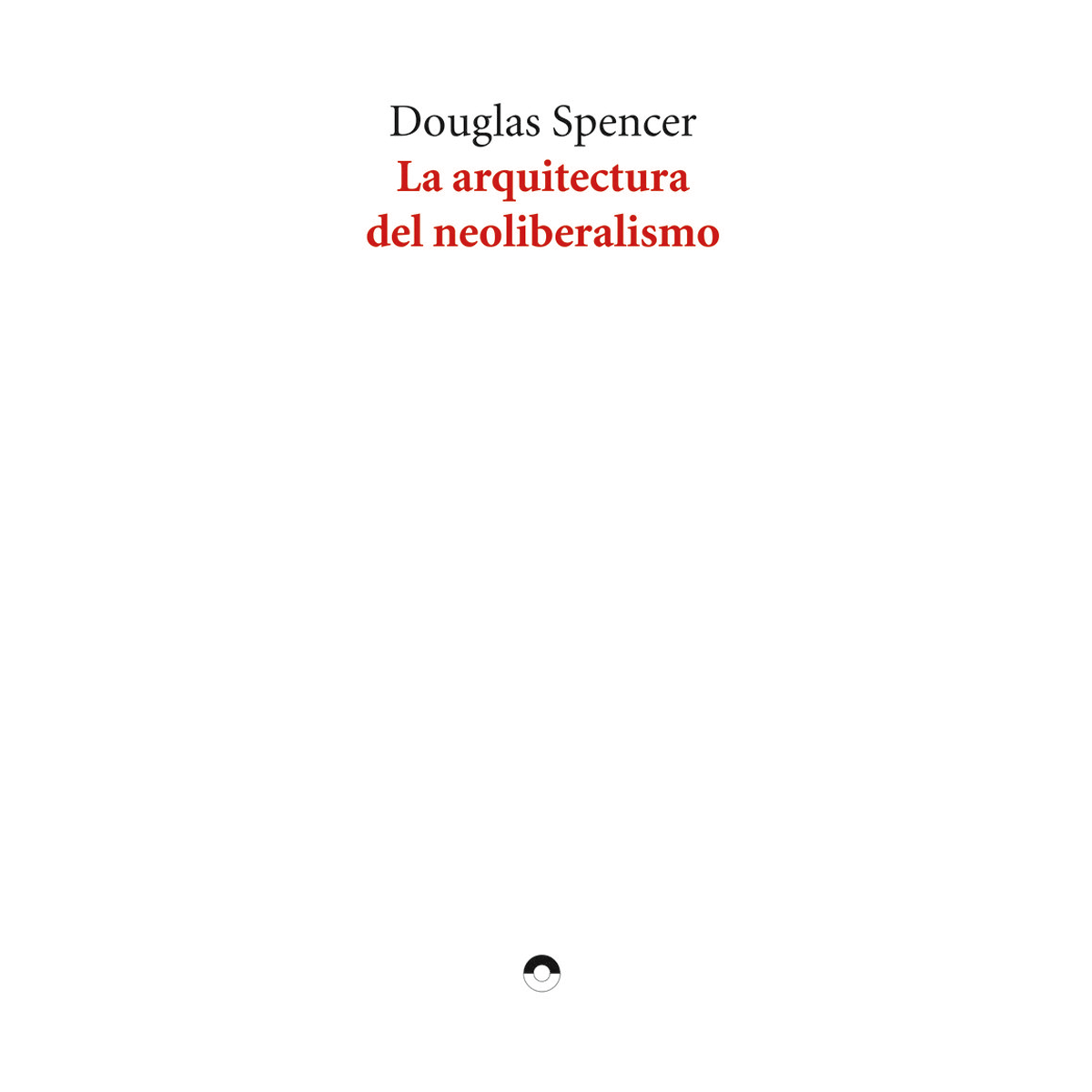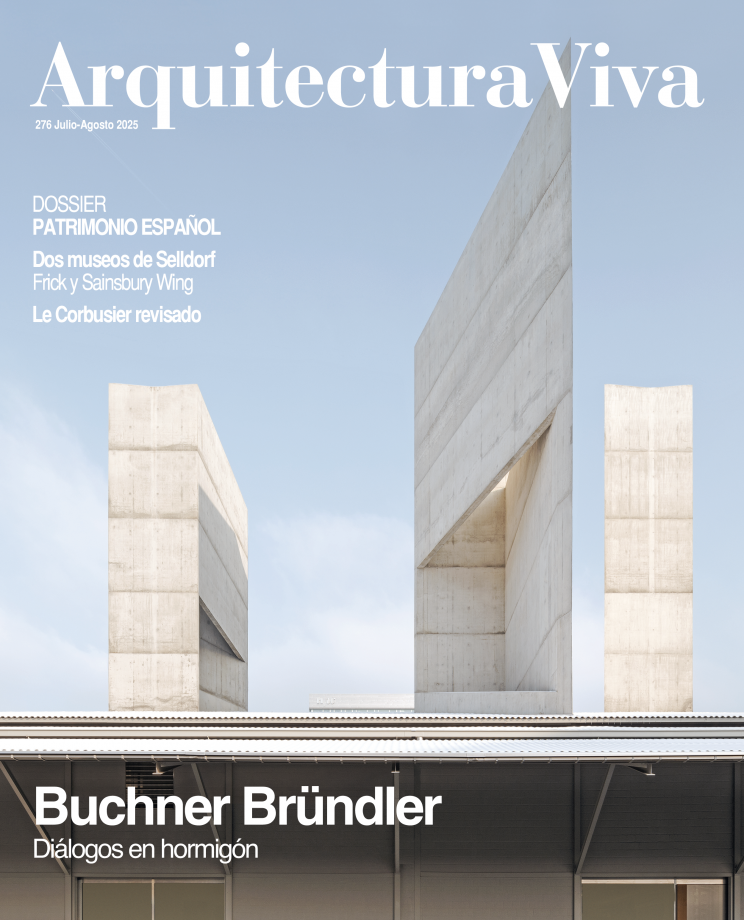
Discussions on neoliberalism nowadays pose two problems. The first comes from the vagueness of the term, turned as it is into a non-concept, devoid of content; a mantra which has embodied everything malign about the capitalism. On the other hand, at a time of tariff rearmament and national populism against global markets, many of the features that came under the ‘neoliberal’ tag seem to have been diluted, even inverted, submerging progressive criticism in a state of confusion.
Barring these reservations, this book is an exhaustive exploration of the development since the late 1970s of a discourse that validates ‘neoliberalism’ in architectural theory and practice, on the basis of a body of materials where the Frankfurt School, French Theory, and systems theory converge with technological and countercultural utopias; all this around complexity theory and the concepts of auto-organization and autopoiesis. Such rigor is appreciated, although by now it is hardly original to call Koolhaas, Hadid, Zaera, and offices like OMA, FAO, NOX, or MAD the epitome of neoliberal thought in architecture.
That said, and despite the defense of architectural criticism as a way to censure a belligerantly conformist and implicitly authoritarian discourse, there is a lack of references to already consolidated channels: some based on the theoretical scaffolds on which the system’s discourse is clad, and others on what we could call an ecological paradigm; an aspect as conspicuously absent from Spencer’s reflections as that having to do with urbanism.







